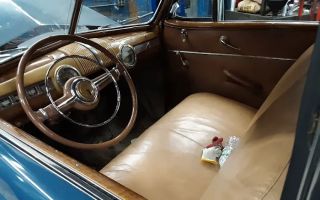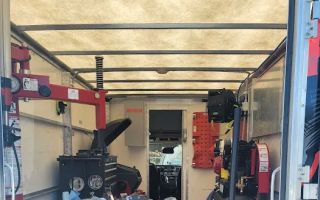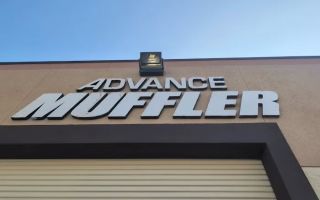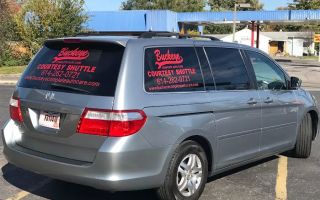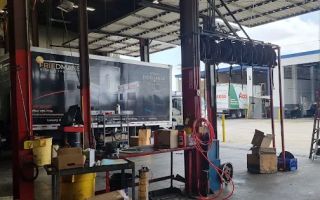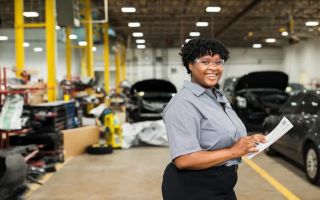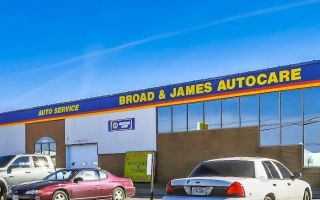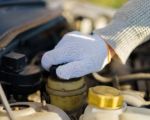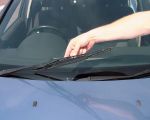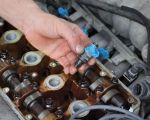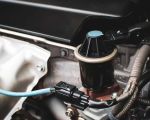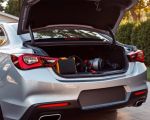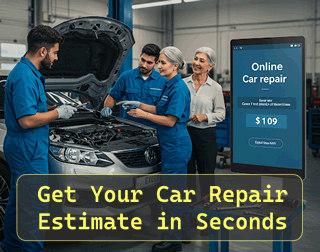- Understanding the Risks of Car Towing
- Preparing Your Car for Damage-Free Towing
- Methods to Ensure Safe Towing
- Choosing the Right Towing Service
- Real-Life Examples and Professional Insights
1. Understanding the Risks of Car Towing
Towing a car improperly can lead to significant damage, which many drivers underestimate until they face costly repairs. Common risks include damage to the suspension, tires, undercarriage, and transmission system. Understanding these risks is fundamental to knowing how to get your car towed without damage.
For example, flatbed towing is generally considered the safest method, as it lifts the entire vehicle off the ground, preventing wear on wheels and drivetrain. On the other hand, improper use of hook and chain or sling tow trucks can scratch paintwork or damage the vehicle’s frame.
Recognizing these potential dangers early helps vehicle owners take proactive steps to protect their cars during the towing process.
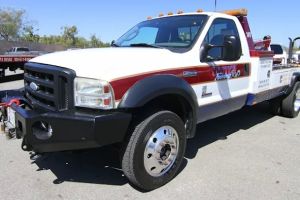
United Towing Service Inc.
26170 Adams Ave, Murrieta, CA 92562, USA
1.1 Key Factors Increasing Towing Risks
Several factors can increase the likelihood of towing damage:
— The type of vehicle (e.g., front-wheel drive vs. rear-wheel drive)
— The towing method used
— The experience of the towing operator
— The condition of your car before towing

Pick Your Part - Help Yourself
1232 Blinn Ave, Wilmington, CA 90744, USA
2. Preparing Your Car for Damage-Free Towing
Preparation before towing can make a significant difference in preventing damage. Here are the essential steps to prepare your vehicle:
2.1 Inspect and Document Your Vehicle’s Condition
Before the towing process begins, thoroughly inspect your car for existing dents, scratches, or mechanical issues. Taking photos or videos can protect you from disputes over new damage after towing.
2.2 Secure Loose Parts and Remove Valuables
Check for loose side mirrors, antennas, or spoilers that might get damaged or fall off during towing. Remove personal belongings and valuables to prevent theft or loss.
2.3 Follow Manufacturer’s Towing Guidelines
Your car’s manual usually provides valuable information on how to tow it safely. Following these recommendations helps avoid drivetrain damage or voiding warranties.
2.4 Engage Neutral Gear or Use Parking Brake Correctly
Depending on your car type, setting the transmission in neutral or engaging the parking brake properly can prevent damage to the transmission system. For some vehicles, towing with the drive wheels off the ground is critical.
3. Methods to Ensure Safe Towing
Knowing how to get your car towed without damage involves understanding the different towing techniques and selecting the safest one for your vehicle type and situation.
3.1 Flatbed Towing
This method involves placing your entire vehicle on a flat platform, which minimizes the risk of mechanical damage. It is the preferred choice for luxury cars, all-wheel-drive vehicles, and cars with low clearance.
3.2 Wheel-Lift Towing
The vehicle is lifted by the front or rear wheels while the other set remains on the ground. This method is suitable for short distances but carries some risk, especially for vehicles with complex drivetrain systems.
3.3 Dolly Towing
This technique lifts only two wheels, usually the front wheels, with the rear wheels rolling on the road. It is often used for front-wheel-drive cars, but incorrect use can lead to axle damage.
3.4 Avoid Improper Methods
Using hook and chain towing on modern cars is often discouraged because it can scratch or bend parts of the vehicle. Always confirm the towing method with the service provider beforehand.
4. Choosing the Right Towing Service
Selecting a trustworthy towing company is a vital part of how to get your car towed without damage. Here are factors to consider:
4.1 Verify Experience and Reputation
Look for companies with proven expertise in handling various vehicle types and positive customer reviews. Experienced operators are more likely to tow your vehicle safely.
4.2 Confirm Proper Equipment
A reliable towing service will have modern, well-maintained equipment suited for damage-free towing, such as flatbed trucks and wheel-lift systems.
4.3 Ask About Insurance and Liability
Ensure the company has insurance that covers any potential damages during towing, giving you peace of mind.
4.4 Professional Recommendations
For trusted, professional towing services that prioritize vehicle safety, Rescue & Towing offers a comprehensive range of options suited to your needs.
5. Real-Life Examples and Professional Insights
Learning from real experiences can illuminate the importance of safe towing practices. For instance, Jessica once had her car towed by an inexperienced operator who used a hook and chain method. The result was scratched bumpers and damage to the undercarriage, costing her hundreds in repairs. After switching to a professional towing service that used a flatbed, she avoided such issues altogether in future incidents.
Professional towing experts emphasize the importance of communication before towing begins. Informing the operator about your vehicle type and any special requirements ensures they choose the best towing method.
In urgent situations where safety and speed are critical, contacting Rescue & Towing can provide reliable, damage-free towing solutions. Their team’s expertise and equipment minimize risks, making them a top choice for many drivers.



